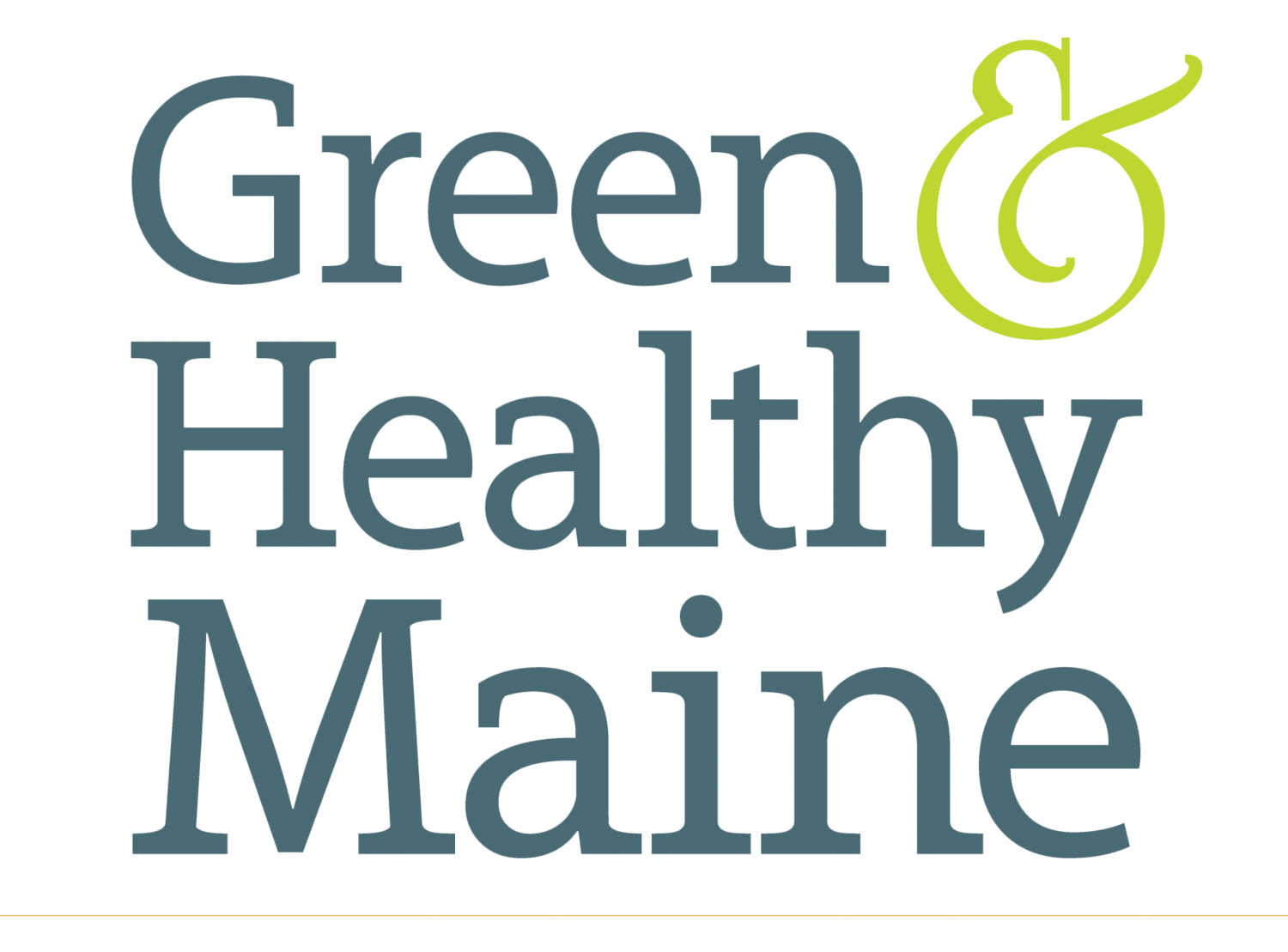Native plant finder
Learn how to attract more birds and pollinators to your yard
By Julie Mcleod
Native plants support and restore our ecosystems. And now, thanks to the Maine Audubon Native Plant Finder, you can find which plants are the best fit for your yard/property, available sunlight and more. And then pick them up at one of the weekly native plant sales at their Falmouth location.
In his 2009 book, “Bringing Nature Home,” Douglas Tallamy revealed to us the link between native plants and native wildlife. If we lose our native plant communities, our native insect populations disappear; compromising native bird and wildlife populations. These concepts outlined in Tallamy’s book inspired the Maine Audubon “Bringing Nature Home Project,” which has brought diverse programming around the value and importance of establishing wildlife-friendly plants throughout our state for the last few years. This project, at its core, “is about restoring and rebuilding Maine’s natural biodiversity by planting the native wildflowers, shrubs, and trees that support the widest array of wildlife.” The Maine Audubon’s annual Native Plant Sale at Gilsland Farm supports these efforts.
This year, the sale has moved online and also boasts a new native plant finder feature; an online tool that helps you choose the best plant for your site conditions and provides the greatest ecological function and benefit. There is still a wide selection of plants available and orders can be placed and then picked up on Thursday and Fridays from 10am-4pm at shop.mainenativeplants.org.
If you have read “Bringing Nature Home” and are eager to learn more about what you can do to help in your own backyard; Tallamy’s latest book, “Nature’s Best Hope,” outlines his vision for a grassroots approach to conservation. Some of the actions from his book for homeowners everywhere are:
Shrink the lawn!
Remove invasive species
Plant keystone host plants
Be generous with your plantings (increase abundance and diversity of plantings)
Plant for specialist pollinators
Network with neighbors (increase your impact by teaming up with like-minded neighbors to focus on one or more conservation goal)
Build a conservation hardscape
Create caterpillar pupation sites under your trees
Do not spray or fertilize
Educate your neighborhood civic association
These are just a few of the actions he references in his book to help create wildlife corridors and increased connectivity within our backyards and communities. Tallamy suggests in this practical and engaging book for us to build our very own “homegrown” national park system, a concept that replaces lawn — something that provides none of the ecological benefits we need — with viable habitat that could be bigger than our national parks combined. Everyone, no matter the size or shape of their yard, can adopt these practices and help knit together healthier more resilient ecosystems.
Orders open for curbside pick up on Thursdays and Fridays at: www.mainenativeplants.org.



